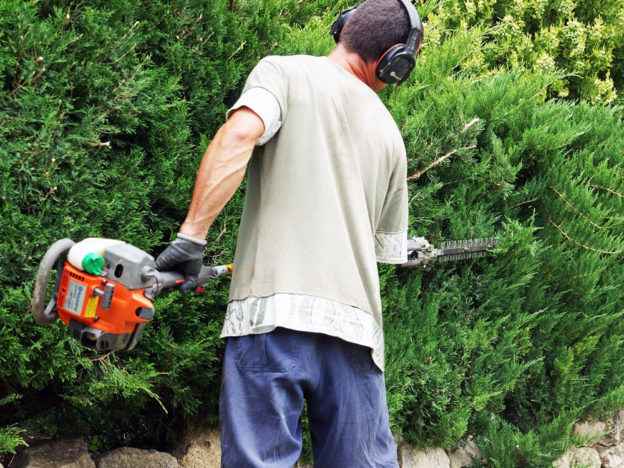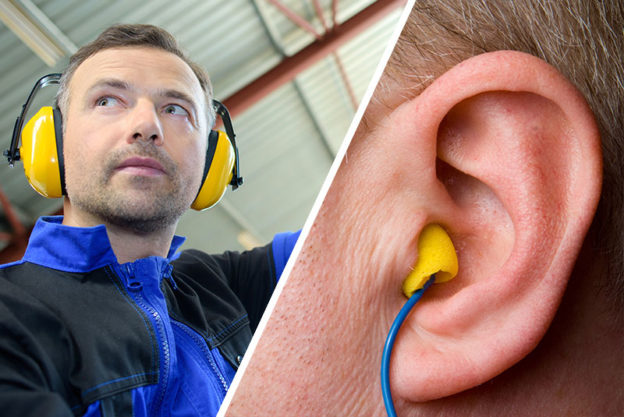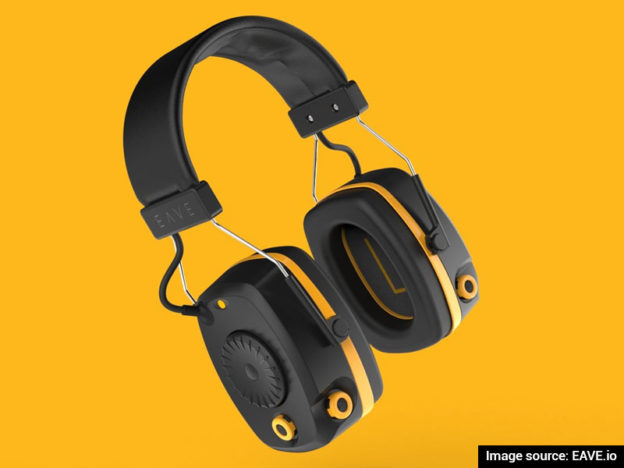The ill effects of hand arm vibration depend upon the vibration magnitude of the tool and the user’s duration of exposure, and both these factors contribute to the Daily Vibration Exposure, A(8).
From a control point of view the most effective method of reducing A(8) and the risk of contracting HAVS (Hand Arm Vibration Syndrome), is to reduce the vibration magnitude experienced by the employee. If all possible steps in vibration reduction have been tried, but a residual risk remains, then an organisational change such as ‘job rotation’ or task sharing may be an option to consider.
This blog demonstrates an example of how ‘job rotation’ can help reduce the A(8) experienced by employees using power tools. The example, which could be encountered in real life, makes use of the HSE ‘Ready Reckoner’ points system in the analysis which is a fairly simple computation procedure to follow.
Steps to take for reducing the Daily Vibration Exposure, A(8)
Some possible methods of achieving vibration reduction are by:
1) eliminating the high vibration emission process or substituting it by one that gives off lower vibration.
2) replacing the tool by one that emits less vibration (but which is at least as equally efficient in carrying out the assigned task).
3) maintaining tools and replacing worn consumables.
If the vibration magnitude cannot be further practicably reduced after trying the above steps, then the next step might be to consider the introduction of an organisational change by limiting the time individual members of staff are exposed to vibrations from tools or processes. This may be achieved by sharing the task between employees, through ‘job rotation’. An example of how this would apply is shown in the section below.
An example
In a typical landscape gardening business, there are four members of staff each carrying out a separate task using a hedge trimmer, a chain saw, a brush saw, and a mower. Vibration magnitudes of these various tools were either extracted off a database or measured (in accordance with BS EN ISO 5349) and the daily use duration (or equipment activation time) for each tool was measured either through observation or obtained from staff filled record sheets. A(8) values could then be established.
The HSE online exposure calculator in the form of an Excel spreadsheet is available on http://www.hse.gov.uk/vibration/hav/vibrationcalc.htm and is used to calculate A(8) in terms of exposure points for each member of staff carrying out their task using a particular tool.
A snapshot of the ‘Hand Arm Vibration Calculator’ spreadsheet is shown in Table 1 below, and for each tool vibration data and exposure durations (i.e. daily use) have been entered (white cells). The figures in the yellow cells are the automatically evaluated exposure points and the darkened cells are to be disregarded.

Table 1 – Daily exposure points for tool operation
In accordance with the Control of Vibration at Work Regulations (2005), the exposure points that correspond to the action and limit values are, respectively:
- 100 points [this corresponds to the Exposure Action Value, where the Daily Vibration Exposure, A(8) = 2.5m/s2]
- 400 points [this corresponds to the Exposure Limit Value, where the Daily Vibration Exposure, A(8) = 5.0m/s2]
It can be seen that the employee who uses the Chain Saw daily, exceeds the Exposure Limit Value (ELV) (with 613 exposure points), whilst those employees using the Hedge Trimmer and Brush Saw exceed the Exposure Action Value (EAV) (with 225 and 305 exposure points respectively). The operative using the Mower is subjected to less than the EAV. According to the Regulations, when the ELV is exceeded, steps shall be taken to reduce A(8) to below the ELV. Note that health surveillance and information, instruction and training in HAVS shall be provided to all those exceeding the EAV.
Re-organisation of tasks
To ensure that no operator is exposed to vibration exceeding the ELV, a solution could be to share the four tool operations equally between the four operators (i.e. each operator shall use two tools) by way of a ‘job rotation’ process. Any operator shall use a tool for only half the daily use or exposure duration which arithmetically equates to halving the exposure points.
An amended calculation in Table 2 below shows how the exposure points have been reduced by half when halving the exposure duration per tool.
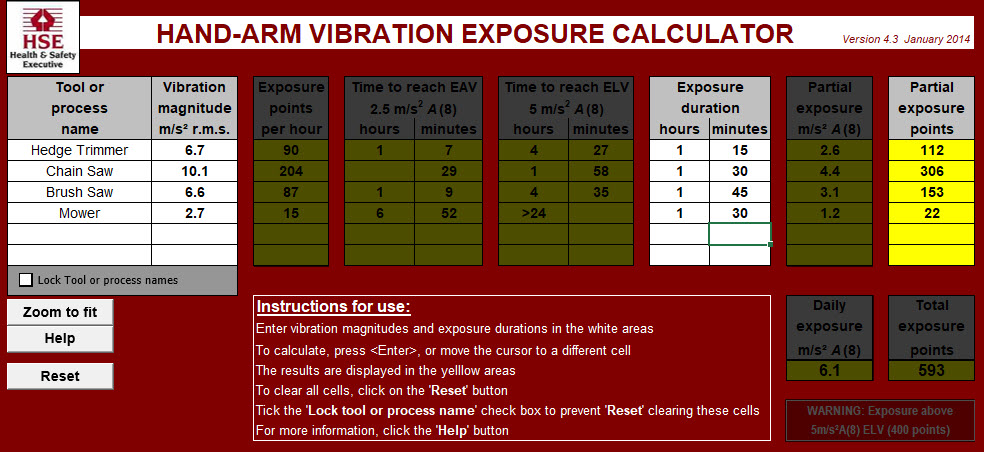
Table 2 – Daily exposure points for tool operation after reorganisation through ‘job rotation’
To decide which combination of tool usage is most suitable, the exposure points for each tool as a result of using the tool for half its daily use may be fed into Table 3 below. We have:
| Tool combination |
Exposure points |
| Mower + Hedge Trimmer |
22 + 112 = 134 |
| Mower + Brush Saw |
22 + 153 = 175 |
| Mower + Chainsaw |
22 + 306 = 328 |
| Hedge Trimmer + Brush Saw |
112 + 153 = 265 |
| Hedge Trimmer + Chainsaw |
112 + 306 = 418 |
| Chainsaw + Brush Saw |
306 + 153 = 459 |
Table 3 – Tool combinations with Total Exposure points
Preference should be given to the Chainsaw/Mower and Hedge Trimmer/Brush Saw combinations since these are slightly lower than any other combinations. In other words, the Mower operator should swap roles with the Chainsaw operator when half the exposure durations have been reached for both tools. The same principle will apply regarding the Hedge Trimmer and Brush Saw combination. None of the operators will now be subjected to vibration above the ELV, however note the following:
a) For the ‘job rotation’ process to be considered as an acceptable method of control, it must be established that the original mower operator is either not showing symptoms of HAVS, or is particularly vulnerable to this injury now that his A(8) has increased. Health surveillance should identify this.
b) After the introduction of ‘job rotation’, health surveillance together with suitable and sufficient information, instruction and training (including how to report signs of HAVS) should now be legally provided to the original mower operator as his A(8) will exceed the EAV.
A good risk assessment should take into consideration the possibility of recommending organisational changes such as ‘job rotation’ as part of the hierarchy of vibration control, if the vibration magnitude cannot be practicably reduced.
A free guide to conducting a hand arm vibration (HAV) risk assessment is available for download. It explains, amongst other things, when you should carry one out, and what constitutes a competent risk assessment. Click here to receive it.
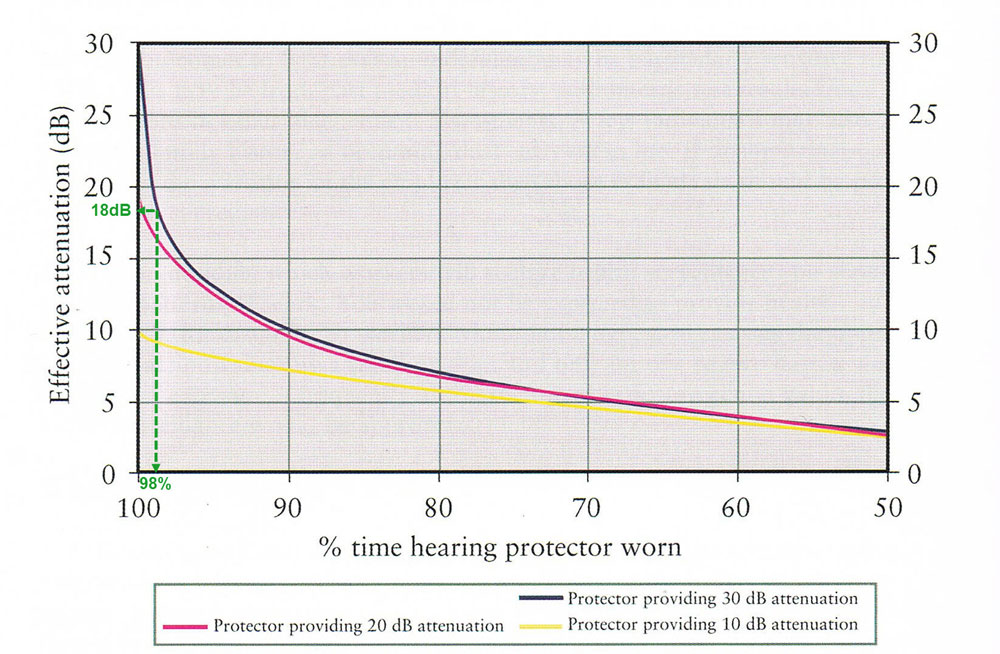
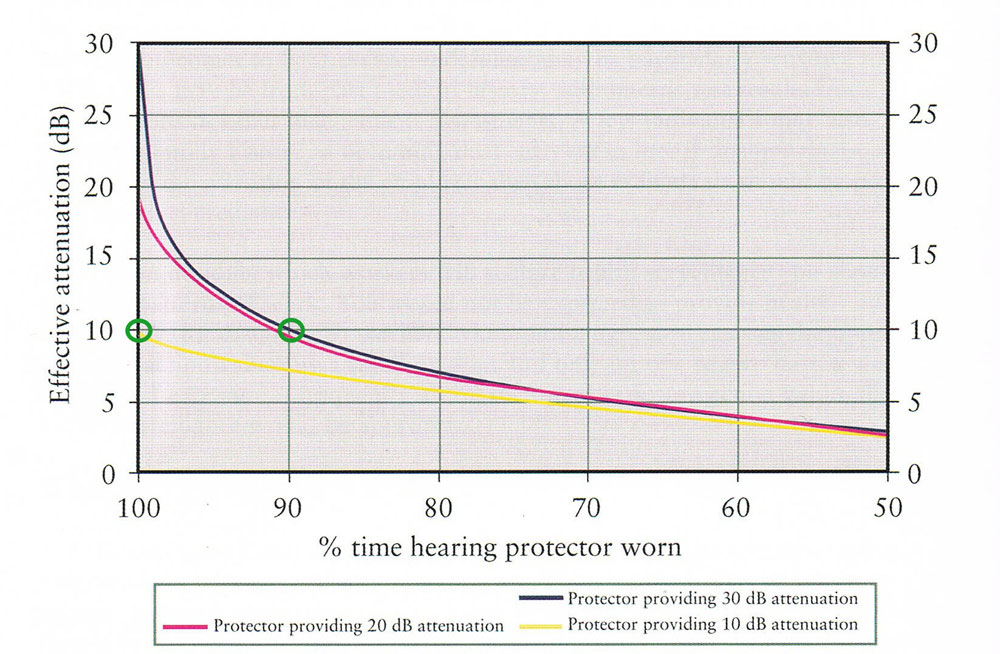



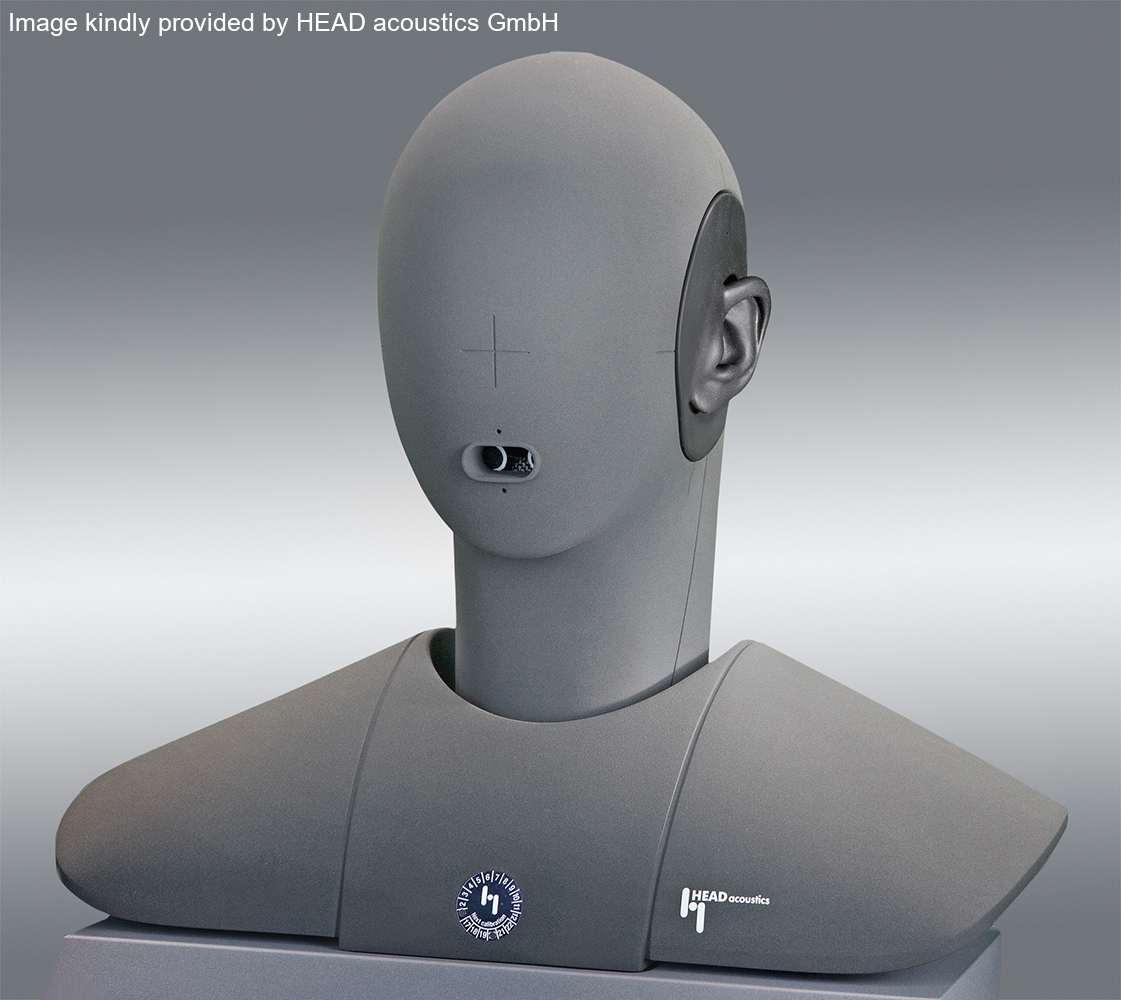






 Current investigative work into the interaction of ototoxic chemicals with noise is limited and is based on epidemiological studies from humans and also animal research. Where data has been taken from animals exclusively and research bodies have considered the test methods to be robust and reliable, there is a high degree of confidence that the tested substances may be regarded as ototoxic.
Current investigative work into the interaction of ototoxic chemicals with noise is limited and is based on epidemiological studies from humans and also animal research. Where data has been taken from animals exclusively and research bodies have considered the test methods to be robust and reliable, there is a high degree of confidence that the tested substances may be regarded as ototoxic. Research bodies have concluded that current studies do not provide enough robust evidence to be able to publish a dose-effect combined relationship of noise with ototoxicants. Neither The Control of Substances Hazardous to Health Regulations (CoSHH) 2002 nor the Workplace Exposure Limits (EH40/2005) refer to ototoxicity. It’s therefore highly unlikely, for commercial reasons, that manufacturers will warn of ototoxicity on their products. This makes ototoxicants difficult to identify and therefore to apply methods of risk control. The best clue for ototoxicity would be to look out for the word neurotoxic on the product labelling or the safety data sheets.
Research bodies have concluded that current studies do not provide enough robust evidence to be able to publish a dose-effect combined relationship of noise with ototoxicants. Neither The Control of Substances Hazardous to Health Regulations (CoSHH) 2002 nor the Workplace Exposure Limits (EH40/2005) refer to ototoxicity. It’s therefore highly unlikely, for commercial reasons, that manufacturers will warn of ototoxicity on their products. This makes ototoxicants difficult to identify and therefore to apply methods of risk control. The best clue for ototoxicity would be to look out for the word neurotoxic on the product labelling or the safety data sheets.


